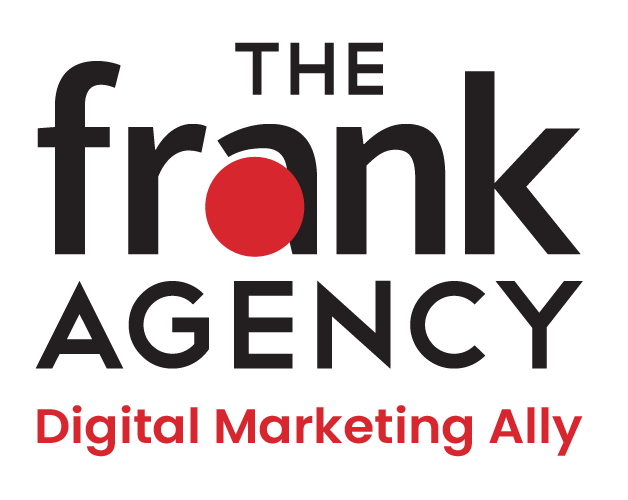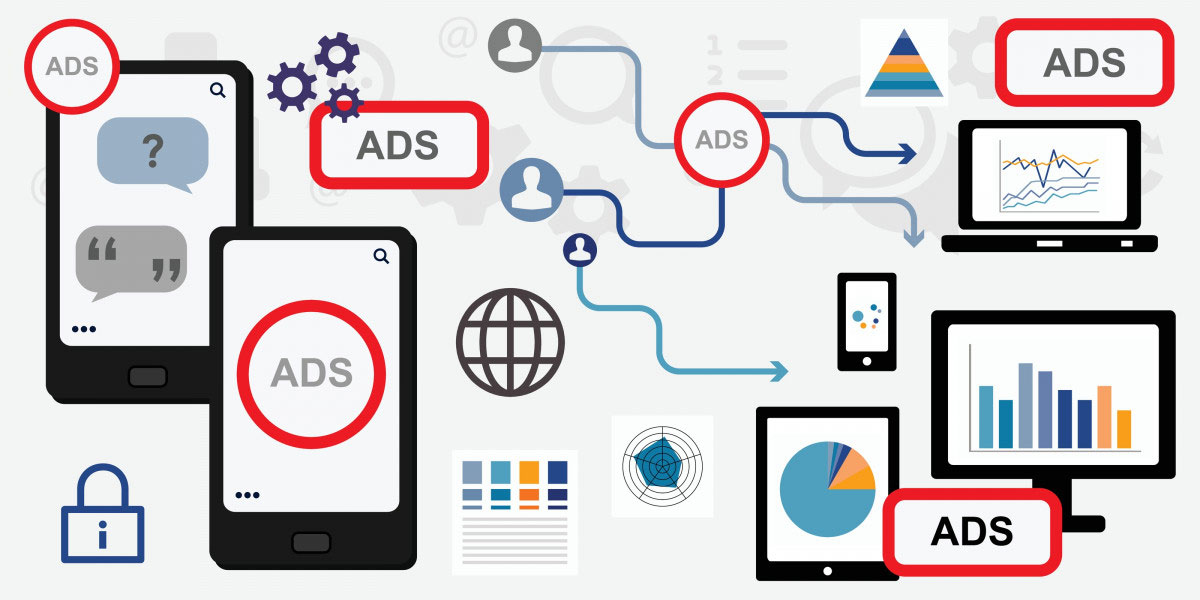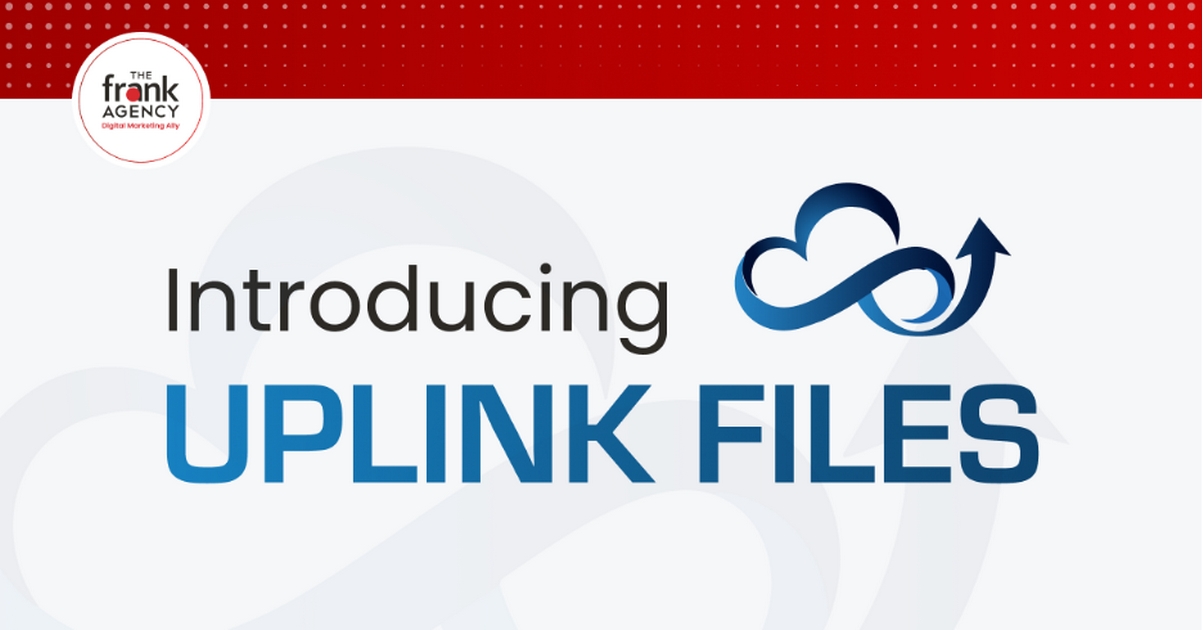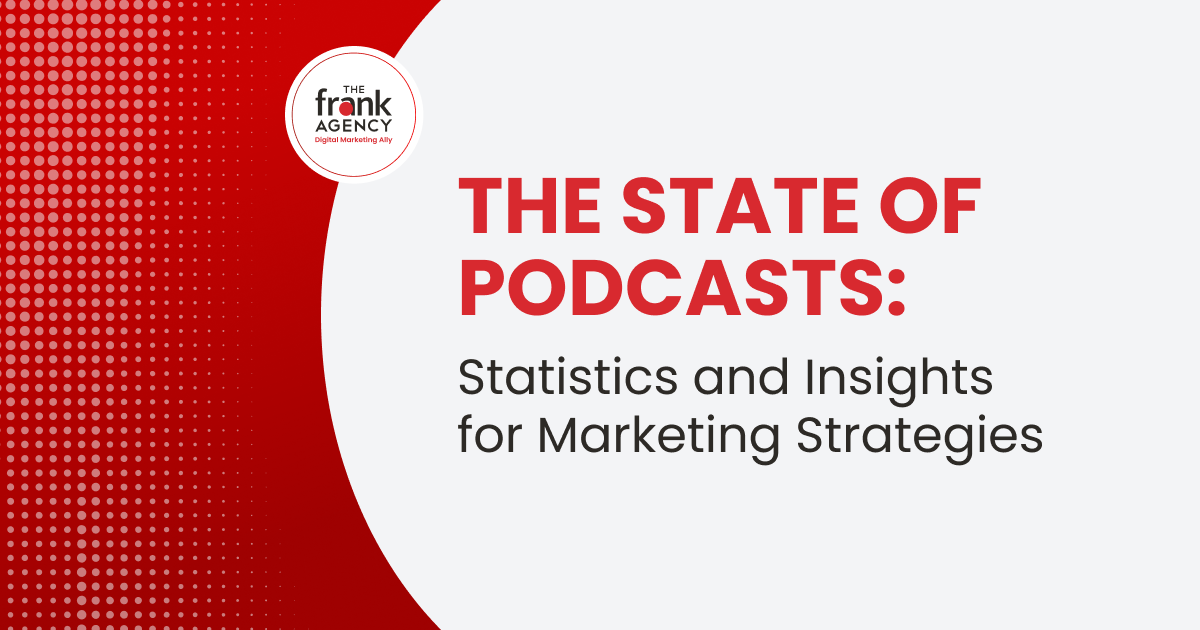If you’re running digital marketing campaigns, chances are that you’ve experienced ad fatigue at some point. Ad fatigue is a common phenomenon that occurs when users become overexposed to the same ads, leading to a decline in engagement and conversion rates.
In today’s digital age, where consumers are constantly bombarded with ads across various channels, ad campaign fatigue has become a significant challenge for marketers and advertisers alike. This article will explore ad fatigue, how it affects your digital marketing campaigns, and what steps you can take to overcome it.
What is Ad Fatigue?
Ad fatigue is a term used to describe the state of a user who has repeatedly seen the same ad or type of ad, leading to decreased interest and engagement. Users who become fatigued by an ad may skip over it or even actively avoid it. This can lead to lower click-through rates, conversion rates, and, ultimately, a decline in ROI for the advertiser.
Possible Causes of Ad Fatigue
Ad fatigue can be caused by a variety of factors, including frequency of exposure, poor ad targeting, irrelevant content, or simply seeing the same ad too many times. It can also occur when an ad runs for too long without any changes or updates.
How to Identify Ad Fatigue
There are a few signs that your marketing campaigns may be suffering from advertising fatigue. These include:
- A Decrease in CTR: If you’re seeing a decrease in the number of people who are clicking on your ads, it’s a sign that the audience may be getting tired of seeing them.
- A Decrease in Conversion Rate: If you’re seeing a decrease in the number of people who are converting into customers after clicking on your ads, it’s a sign of ad fatigue.
- An Increase in the Cost of Your Advertising Campaigns: If you’re seeing an increase in the amount of money you’re spending on advertising without seeing a corresponding increase in results, it could be an indicator that your ads are becoming stale and repetitive to your audience.
The Impact of Ad Fatigue on Your Marketing Campaigns
Ad fatigue can significantly impact your marketing campaigns, affecting both short-term and long-term performance. In the short term, ad fatigue can reduce click-through and conversion rates, making it harder to achieve the desired results from your campaigns. In the long term, ad fatigue can damage your brand image and reputation, as users may begin to associate your brand with annoying or irrelevant ads.
Ad campaign fatigue can also affect your ad spend, as you may pay more for less effective ads. When users start ignoring or skipping over your ads, you must increase your ad spend to maintain the same level of exposure and engagement. This can quickly become expensive and unsustainable, leading to a decline in ROI.
How to Overcome Ad Fatigue?
Overcoming ad fatigue requires a proactive approach that engages users with relevant, meaningful content. Here are some strategies you can use to overcome ad fatigue and keep your campaigns fresh and effective:
- Rotate Your Ads: One of the simplest ways to overcome ad fatigue is by rotating your ads regularly. This could involve changing the ad copy, images, or call-to-action (CTA) to maintain user interest and engagement.
- Targeting: Improve your targeting techniques so that your ads are only shown to the people who are most likely to be interested. This way, you can avoid overexposing your ads to certain demographics and ensure your message reaches the right people at the right time.
- Engaging Content: Create engaging and valuable content that resonates with your target audience. By providing value through your ads, you can build trust and establish a strong relationship with your potential customers.
- Diversify Your Ad Formats: Experiment with different ad formats, such as video, social media, or native advertising, to keep things interesting for your audience.
- Monitor Performance Metrics: Continuously track performance metrics such as click-through rate (CTR), conversion rate, and cost per acquisition (CPA) to identify any signs of ad fatigue before they start to impact your campaign’s effectiveness.
- Refresh Your Creative: Refresh your creative regularly, including visuals and messaging, to ensure that your advertisements remain relevant, timely, and relatable.
- Test and Optimize: Conduct A/B testing to find out what works best with your audience and optimize your ads based on insights gained from testing.
Reignite Consumer Engagement
In conclusion, ad fatigue is an increasingly prevalent issue in today’s digital landscape. The overwhelming presence of advertisements across various platforms has led to a diminished impact on consumers. As individuals are constantly bombarded with marketing messages, they have become desensitized and apathetic towards ads, resulting in reduced engagement and conversion rates.
As a result, ad fatigue can adversely affect marketing campaigns, but there are numerous solutions to mitigate its impact. By implementing the above strategies, you can create more relevant, targeted, and engaging ads that resonate with your audience, increase brand awareness, and ultimately improve your ROI.






